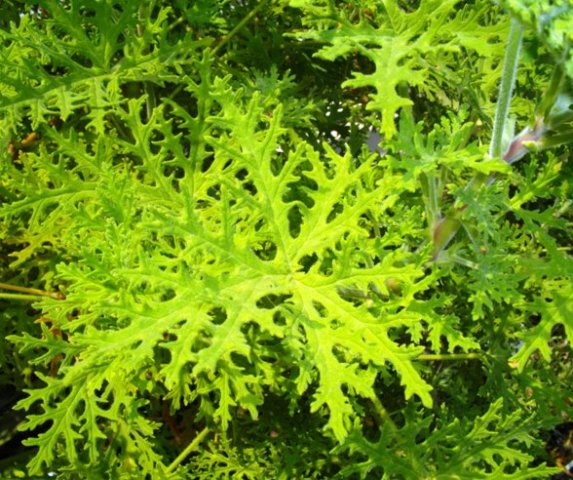Pelargonium radens leaves

Author: Ivan Lätti
Photographer: Ivan Lätti
The rose-scented, hairy leaves of Pelargonium radens have deeply and finely dissected segments. The leaves are about 6 cm wide, the lobes sometimes half that, usually narrower.
There are several Pelargonium species that yield essential oils, grown for this purpose. P. radens is an important one. Others include P. odoratissimum, P. graveolens (also commercially important), P. capitatum and P. tomentosum. Different chemical substances yielded by these plants contribute to the characteristic rose scented geranium oil.
There are also a few Pelargonium species used as food. The leaves and roots of P. bowkeri (a tuberous plant of the summer rainfall area) are or have been eaten by some traditional population groups. Similarly, P. rapaceum is a plant with a fleshy root that is roasted before eaten (Euston-Brown and Kruger, 2023; Vlok and Schutte-Vlok, 2015; Van Wyk and Gericke, 2000; Fox and Norwood Young, 1982; iNaturalist).

